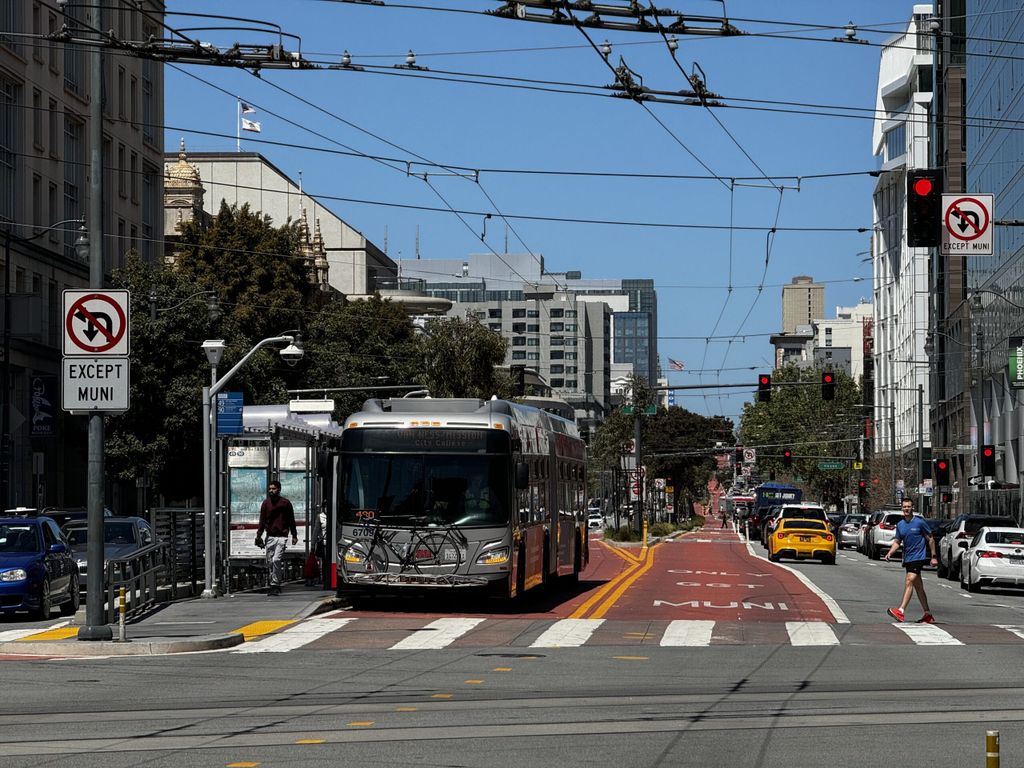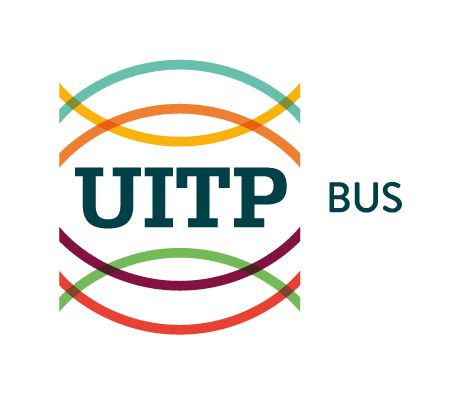
WEBINAR - Regions Thrive with Congestion-Free Public Transport
About
Why attend?
Clean vehicles are not enough to greening our cities. Despite advances in zero-emission car technology, public transport remains the most efficient, inclusive, and sustainable urban transport option.
What are the considerations that cities need to make, in collaboration with their mobility actors, specifically when implementing and integrating vehicle access measures which serve to decarbonise transport, reduce congestion in urban areas, prioritise sustainable modes and better utilise public space?
When was the last time you—or your organization—took a step back and reviewed how transit operating speeds had changed over a five- or ten-year period?
We are seeing globally that more cities are reducing carbon emissions and air pollution by disincentivising or restricting the use of private, individual cars and polluting vehicles. Measures taken include introducing ultra/zero/low emission zones, road user charges, limiting access to roads to only certain vehicles such as buses, and parking regulations.
However, if implemented without considerations for different citizen needs, cities can inadvertently create additional inequalities and can prevent access to employment and other opportunities for marginalised More than likely, your speeds have decreased, and your travel time has increased. Doing nothing to achieve congestion-free routes for public transit isn’t maintaining the status quo—it’s allowing slow degradation to take hold.
Addressing the loss of travel time on buses due to car-caused congestion is not merely a loss in productivity for bus operators and authorities, but a critical issue impacting access to opportunities for the population. More than ever Bus networks efficiency must be reinforced.
To guide and inspire action, the UITP Policy Board recently approved the publication of the Policy Brief ‘NET ZERO MOBILITY: SOCIAL CONSIDERATIONS FOR LIMITING PRIVATE VEHICLE ACCES’ and the Action Point ‘CONGESTION-FREE BUS NETWORKS’ elevated by the UITP Transport and Urban Life Committee and Bus Committee respectively. Join us in this webinar to get a full overview on what the papers are about and engage in a lively online discussion.
What software is used?
Online software used: Zoom
If you have never used Zoom before, we advise you to check the compatibility with your IT system.
How can I join the webinar?
The webinar is only for UITP members.
After registration, the Zoom meeting link will be sent to the registered Email ID.
Contact
UITP

 Yamila COVELLISupport Manager LA NUEVA METROPOLBuenos Aires, Argentina
Yamila COVELLISupport Manager LA NUEVA METROPOLBuenos Aires, Argentina Guido BRUGGEMANIndependent International Urban Transport ConsultantNetherlands
Guido BRUGGEMANIndependent International Urban Transport ConsultantNetherlands Antonio GARCÍA PASTORCorporate Operations Director AVANZA BY MOBILITY ADOMadrid, Spain
Antonio GARCÍA PASTORCorporate Operations Director AVANZA BY MOBILITY ADOMadrid, Spain Mike KEEGANDirector of Transport Planning and Policy GREAT BRITISH RAILWAYS TRANSITION TEAMLondon, United Kingdom
Mike KEEGANDirector of Transport Planning and Policy GREAT BRITISH RAILWAYS TRANSITION TEAMLondon, United Kingdom Sean KENNEDYChief Planning and Implementation Officer, Deputy Director, Transit Division SAN FRANCISCO MUNICIPAL TRANSPORTATION AGENCYSan Francisco, United States of America
Sean KENNEDYChief Planning and Implementation Officer, Deputy Director, Transit Division SAN FRANCISCO MUNICIPAL TRANSPORTATION AGENCYSan Francisco, United States of America Buckley YUNGDirector, Bus Service Planning MTA NEW YORK CITY TRANSITNew York City, United States of America
Buckley YUNGDirector, Bus Service Planning MTA NEW YORK CITY TRANSITNew York City, United States of America Manel RIVERA BENNASSARBus Manager - Knowledge & Innovation Knowledge & Innovation[email protected] +34627971431Brussels, Belgium
Manel RIVERA BENNASSARBus Manager - Knowledge & Innovation Knowledge & Innovation[email protected] +34627971431Brussels, Belgium Lottie STAINERTransport & Urban Life Manager Knowledge & Innovation[email protected] +32-2 663 66 72Brussels, Belgium
Lottie STAINERTransport & Urban Life Manager Knowledge & Innovation[email protected] +32-2 663 66 72Brussels, Belgium

